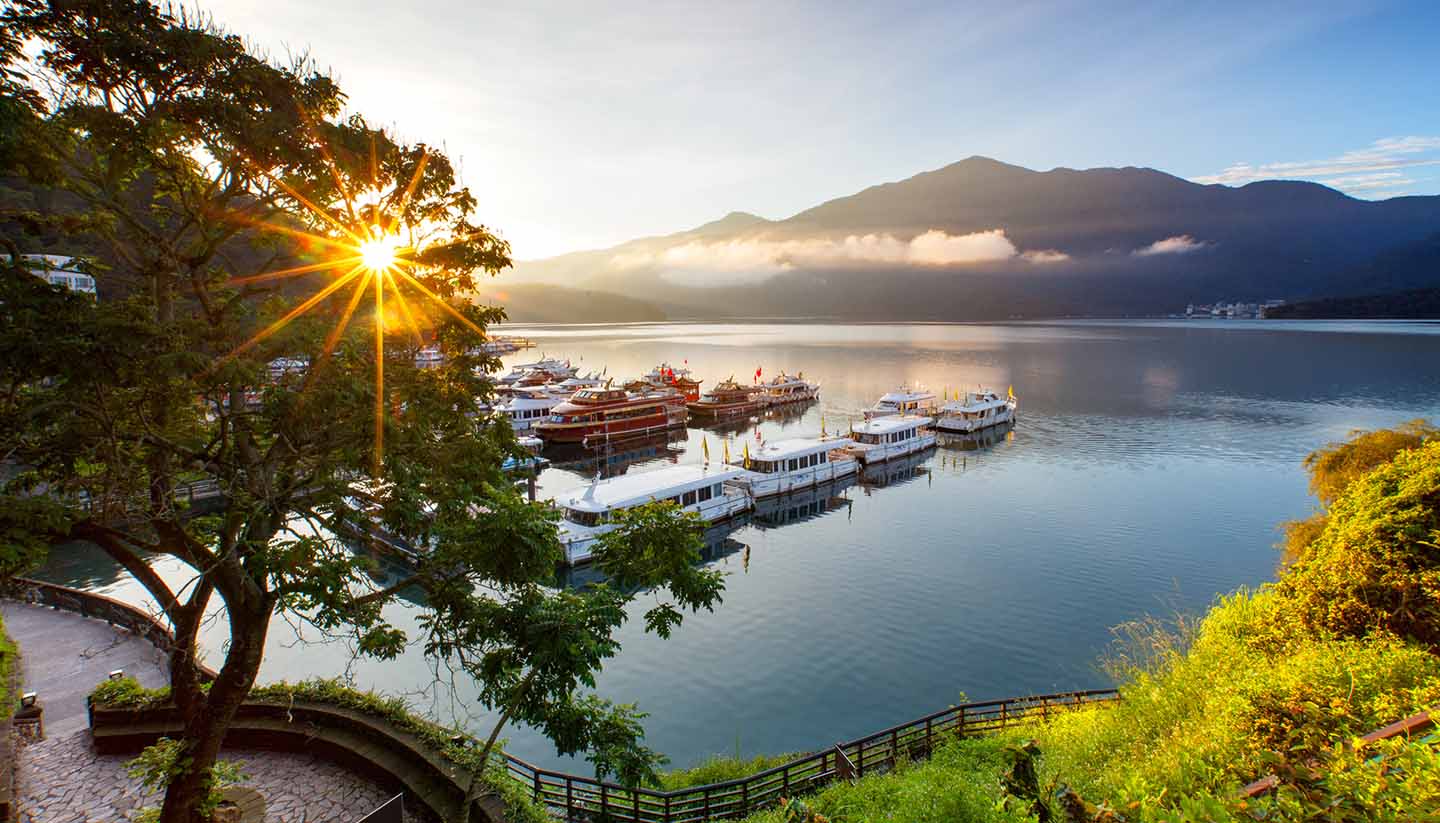Taipei, the vibrant capital of Taiwan, is a city that seamlessly blends modernity with rich cultural heritage. Nestled in the northern part of the island, Taipei is not only the political and economic center of Taiwan but also a hub of culture and innovation. Here’s a brief overview of this dynamic city:
Modern Metropolis
Taipei is renowned for its impressive skyline, dominated by the iconic Taipei 101, once the world’s tallest building. This architectural marvel is a testament to the city’s rapid modernization and economic growth. The Xinyi District, where Taipei 101 is located, is a bustling area filled with luxury malls, fine dining restaurants, and vibrant nightlife.
Cultural Heritage
Despite its modernity, Taipei is steeped in history and tradition. The city is home to numerous temples, such as the Longshan Temple, which dates back to the Qing Dynasty. These temples are not only places of worship but also cultural landmarks that attract tourists from all over the world. The National Palace Museum, with its extensive collection of Chinese art and artifacts, offers a deep dive into the region’s historical and cultural legacy.
Night Markets
A visit to Taipei would be incomplete without experiencing its famous night markets. Shilin Night Market, the largest and most popular, offers a sensory overload with its array of street food, games, and shops. These markets provide a unique glimpse into local life and are perfect for trying traditional Taiwanese snacks like stinky tofu and bubble tea.
Natural Beauty
Surrounded by mountains and hot springs, Taipei also boasts natural attractions that offer a respite from the urban hustle. Yangmingshan National Park, with its lush landscapes and hot springs, is a favorite getaway for both locals and tourists. The Beitou hot springs area is another popular destination, known for its therapeutic waters and scenic beauty.
Transportation
Getting around Taipei is convenient and efficient, thanks to its well-developed public transportation system. The Taipei Metro (MRT) is clean, reliable, and covers most major attractions. Additionally, the city is bike-friendly, with numerous YouBike stations that make it easy to explore at a leisurely pace.
Conclusion
In essence, Taipei is a city of contrasts where the old meets the new, and nature coexists with urban development. Whether you are a history buff, a food lover, or an adventurer, Taipei offers a diverse range of experiences that cater to all kinds of travelers. Its unique blend of tradition and innovation makes it a must-visit destination in Asia.
Cultural and Historical Insights
The Philippines is a melting pot of cultures, influenced by its Malay roots, Spanish colonization, and American occupation. Over 175 ethnolinguistic groups contribute to the country’s vibrant cultural tapestry, with Filipino and English as the official languages. Spanish and American influences are evident in the country’s religion, architecture, and traditions.
Natural Attractions and Cuisine
The Philippines is renowned for its natural beauty, including the Banaue Rice Terraces, Palawan’s crystal-clear waters, and the Chocolate Hills of Bohol. The cuisine reflects its diverse cultural history, with popular dishes like adobo, sinigang, and lechon.
Economic Landscape and Tourism
The Philippine economy is rapidly growing, driven by services, manufacturing, and agriculture. Tourism plays a crucial role, attracting millions with its festivals, historical landmarks, and natural wonders. Sustainable tourism efforts aim to preserve the environment and cultural heritage.
Conclusion
The Philippines offers a rich blend of history, culture, and natural beauty. Its diverse attractions make it a unique and compelling destination in Southeast Asia.




